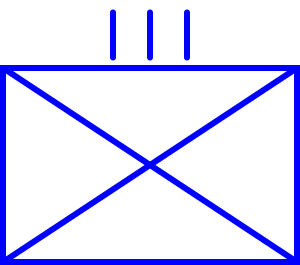Regiment facts for kids
A regiment is a type of military unit. Its job and size can be very different depending on the country and what kind of soldiers it has.
Long ago, in the Middle Ages in Europe, a "regiment" meant any big group of soldiers fighting on the front lines. These soldiers were often recruited from one area by a leader, who was also their feudal lord.
By the late 1600s, regiments in most European armies became permanent groups. They usually had about 1,000 men and were led by a colonel.
What is a Regiment?
Today, the word "regiment" can mean two slightly different things:
- A group of soldiers fighting on the front lines.
- A unit mainly for administrative tasks or ceremonies.
In many armies, other units like battalions or brigades now do the main fighting. These fighting units often don't last very long. However, regiments usually keep their traditional roles. They handle things like:
- Ceremonial duties (like parades).
- Recruiting new soldiers.
- Training new recruits.
- Building team spirit and morale among soldiers.
- Administrative jobs (like managing soldier's pay).
How Big Are Regiments?
A regiment can be many different sizes:
- Sometimes it's smaller than a standard battalion, like the Household Cavalry Mounted Regiment.
- It can be the same size as a battalion, for example, the 3rd Foreign Infantry Regiment.
- It might be as big as a brigade, such as the 8th Marine Regiment (United States).
- Some regiments include several battalions, like the 3rd U.S. Infantry Regiment (The Old Guard) or the Royal Regiment of Scotland.
- In some cases, a regiment can even include an entire branch of the army. For example, the Royal Australian Regiment includes almost all of Australia's regular infantry soldiers. Also, all the artillery units in the British Army are part of the Royal Regiment of Artillery. This large regiment is then divided into smaller field regiments for operations.
Images for kids
-
Regimental badge of the Scots Guards.
-
The Puerto Rican 65th Infantry Regiment's bayonet charge against a Chinese division during the Korean War.
See also
 In Spanish: Regimiento para niños
In Spanish: Regimiento para niños






